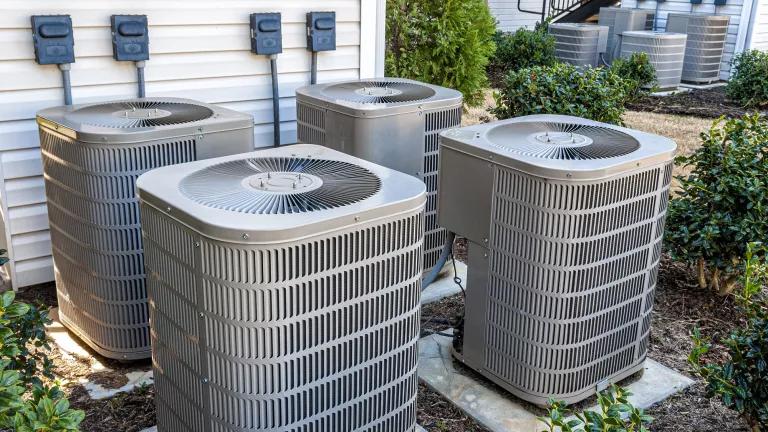
To stave off the worst effects of the climate crisis we must urgently transition from polluting fossil fuels to emissions-free energy. The large-scale deployment of renewable energy to replace polluting power plants and rapid electrification of our buildings, vehicles and industries are necessary pillars to achieving this transition. This will lead to a fundamental change in the dynamics of both the electricity supply and demand compared to today. Therefore, and to ensure a smooth and cost-effective transition, it will be necessary to make our buildings and appliances “flexible” by shifting their electricity consumption to coincide with times where electricity is clean and cheap. This is known as “demand flexibility.”
Many electric devices in our homes—water heaters, heat pumps, chargers for electric vehicles (EVs), and in-home batteries—can be made “flexible” so that utilities can remotely modulate them up and down to meet customer energy needs (demand) based on the availability of low-cost electricity generated from emissions-free resources like wind and solar—often without us noticing.
However, the widespread deployment of such “demand flexibility” still faces substantial challenges. This report examines the challenges facing demand flexibility programs and focuses on the technologies, policies, market mechanisms, and equity strategies that can enable demand flexibility for all communities, leading toward an equitable and affordable clean economy for everyone.



